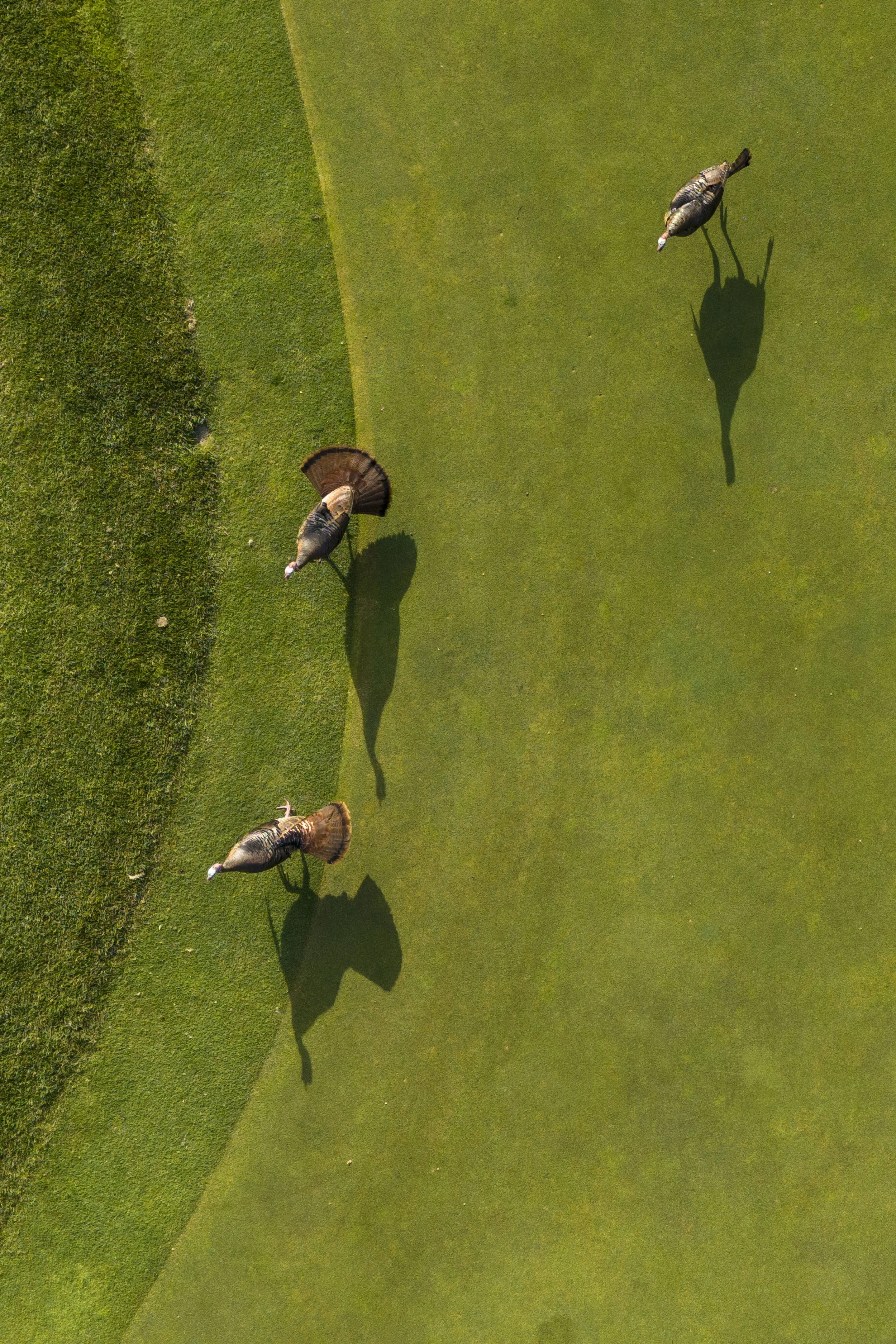Animals
A well-designed golf course can serve as a haven for biodiversity, positively impacting animals by offering a variety of habitats and refuge for diverse species. The strategic placement of water features, such as ponds and lakes, provides essential drinking and bathing sites for birds and supports amphibian life. The lush greenery, including a mix of grasses, plants, and trees, creates a habitat for insects, which, in turn, attracts insect-eating birds and small mammals. Wooded areas within golf courses, especially those with mature trees, serve as nesting sites for birds and shelter for numerous species.
Additionally, golf courses often act as corridors connecting natural habitats, allowing for the movement of wildlife and promoting genetic diversity. They serve as vital green spaces within urban environments, acting as buffers against habitat loss due to urbanization and offering a sanctuary for animals amid human development. Sustainable land management practices, such as integrated pest management and the preservation of native vegetation, contribute to a healthier ecosystem.
Some golf courses actively engage in wildlife conservation initiatives, monitoring populations and implementing measures to protect vulnerable species. Overall, through thoughtful design and environmentally conscious management, golf courses can transform into thriving ecosystems that foster biodiversity, provide essential habitats, and play a crucial role in wildlife conservation efforts.
Read More.


















